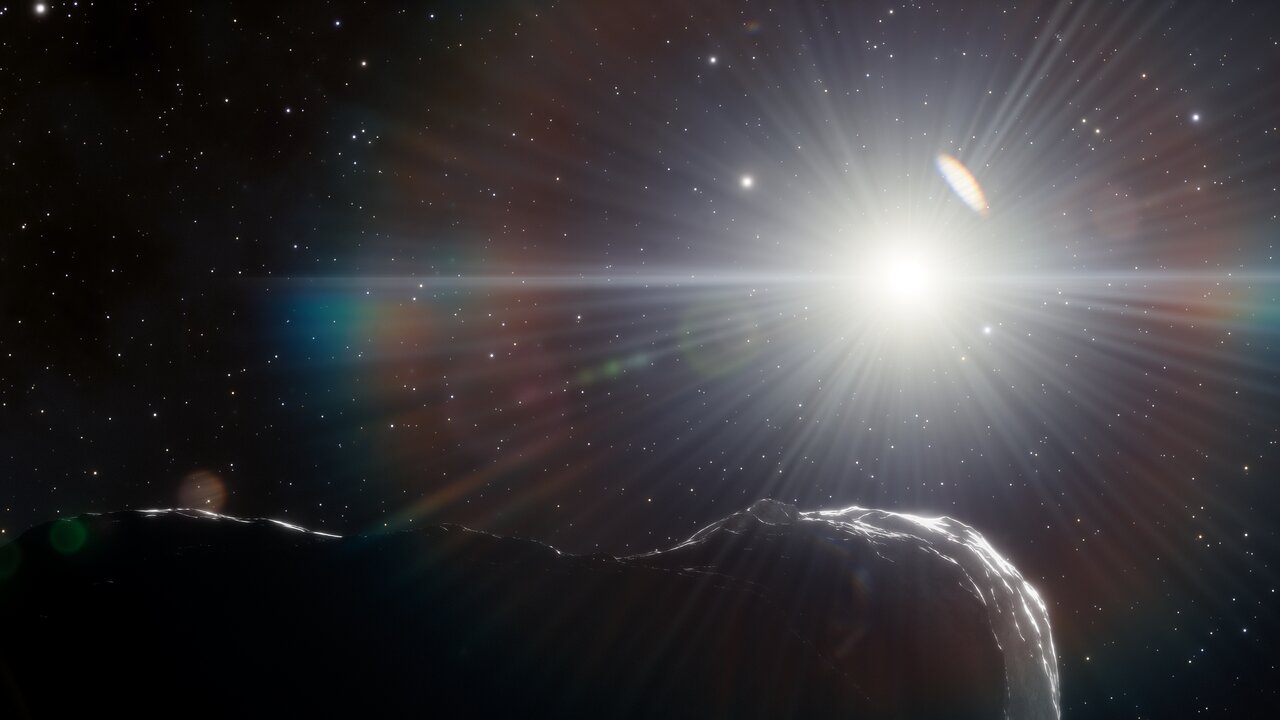In February 2016, scientists at the Laser Interferometer Gravitational-wave Observatory (LIGO) confirmed they made the first-ever detection of gravitational waves (GWs). These events occur when massive objects like neutron stars and black holes merge, sending ripples through spacetime that can be detected millions (and even billions) of light-years away. Since the first event, more than 100 GW events have been confirmed by LIGO, the Advanced VIRGO collaboration, and the Kamioka Gravitational Wave Detector (KAGRA).
Moreover, scientists have found numerous applications for GW astronomy, from probing the interiors of supernovae and neutron stars to measuring the expansion rate of the Universe and learning what it looked like one minute after the Big Bang. In a recent study, an international team of astronomers proposed another application for binary black hole (BBH) mergers: using the earliest mergers in the Universe to probe the first generation of stars (Population III) in the Universe. By modeling how the events evolved, they determined what kind of GW signals the proposed Einstein Telescope (ET) could observe in the coming years.
Continue reading “Future Gravitational Wave Observatories Could See the Earliest Black Hole Mergers in the Universe”









